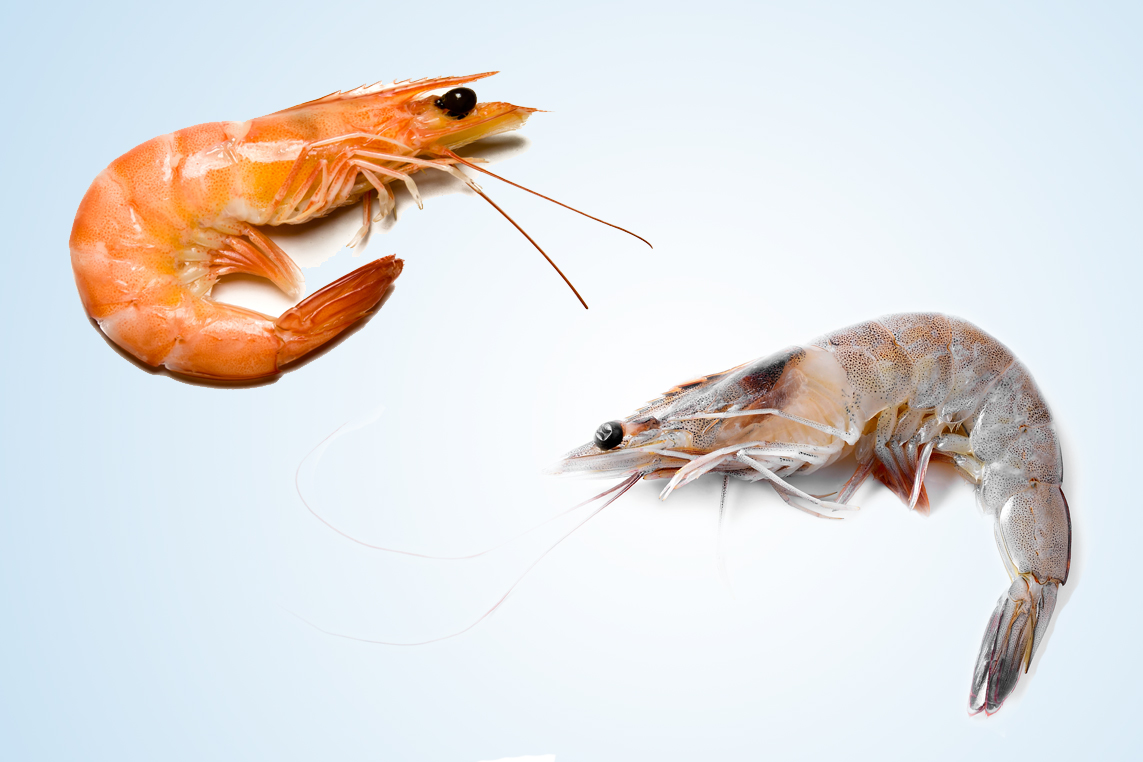When it comes to seafood, two terms that are often used interchangeably are “prawns” and “shrimp.” While they may seem similar, there are some key differences between the two. In this comprehensive guide, we will
When it comes to seafood, two terms that are often used interchangeably are “prawns” and “shrimp.” While they may seem similar, there are some key differences between the two. In this comprehensive guide, we will explore the characteristics, culinary uses, and geographic distribution of prawns and shrimp, helping you understand the nuances of these crustaceans.
Taxonomy and Anatomy:
Prawns and shrimp belong to the same order of decapod crustaceans called Decapoda, but they are classified into different families. Prawns fall under the family Palaemonidae, while shrimp belong to the family Penaeidae. In terms of anatomy, both prawns and shrimp have elongated bodies with distinct segments, jointed legs, and a hard exoskeleton. However, prawns typically have longer legs and claws compared to shrimp.
Size and Appearance:
One noticeable difference between prawns and shrimp is their size. Prawns are generally larger than shrimp, reaching sizes up to 12 inches in length. In contrast, shrimp are typically smaller, ranging from 1 to 6 inches in length. Additionally, prawns often have a more curved shape, while shrimp have a more straightened body.
Habitat and Distribution:
Prawns and shrimp inhabit different aquatic environments. Prawns are commonly found in freshwater or brackish water, such as rivers, lakes, and estuaries. They are prevalent in regions like Asia, Africa, and Australia. On the other hand, shrimp are mostly found in saltwater environments, such as oceans and seas. They are widely distributed across the globe, including the coastal areas of North America, South America, Europe, and Asia.
Culinary Uses and Flavor:
Both prawns and shrimp are popular ingredients in various cuisines worldwide. Prawns are known for their sweet and delicate flavor, often described as more subtle compared to shrimp. Due to their larger size, prawns are commonly prepared as a main dish, grilled, sautéed, or used in curries and stir-fries. Shrimp, with their slightly more pronounced taste, are versatile and can be used in a wide range of dishes, including pastas, salads, soups, and appetizers.
Texture and Cooking Methods:
Texture-wise, prawns tend to have a firmer and meatier consistency compared to shrimp, which have a more tender and delicate texture. When it comes to cooking methods, prawns are often cooked with the shell intact to preserve their flavor and protect the meat from drying out. Shrimp, on the other hand, are commonly deveined and peeled before cooking, as their thinner shells make them easier to handle. Both prawns and shrimp can be boiled, steamed, grilled, or fried, depending on the desired preparation.
Availability and Market Names:
In some regions, the terms “prawns” and “shrimp” are used interchangeably, while in others, there are specific distinctions. For example, in the United Kingdom, “prawn” refers to both freshwater and saltwater species, whereas in the United States, “shrimp” is used for saltwater species, and “prawn” typically refers to freshwater species. Furthermore, the market names for prawns and shrimp can vary, with different species being marketed under different names depending on the region.
Nutritional Value:
- In terms of nutritional composition, prawns and shrimp are quite similar. They are both low in calories and a good source of protein. Additionally, they contain beneficial nutrients such as omega-3 fatty acids, vitamin B12, and minerals like selenium and zinc. However, it’s important to note that the specific nutritional content may vary depending on the species, size, and preparation method.
- In conclusion, while prawns and shrimp are closely related and share many similarities, there are several distinguishing factors between the two. These include their taxonomy, size, habitat, culinary uses, flavor, texture, and cooking methods. Understanding these differences can help you navigate the world of seafood more confidently, whether you’re dining out or preparing a delicious meal at home.
- Prawns vs Shrimp: What’s the Difference? - July 18, 2023

